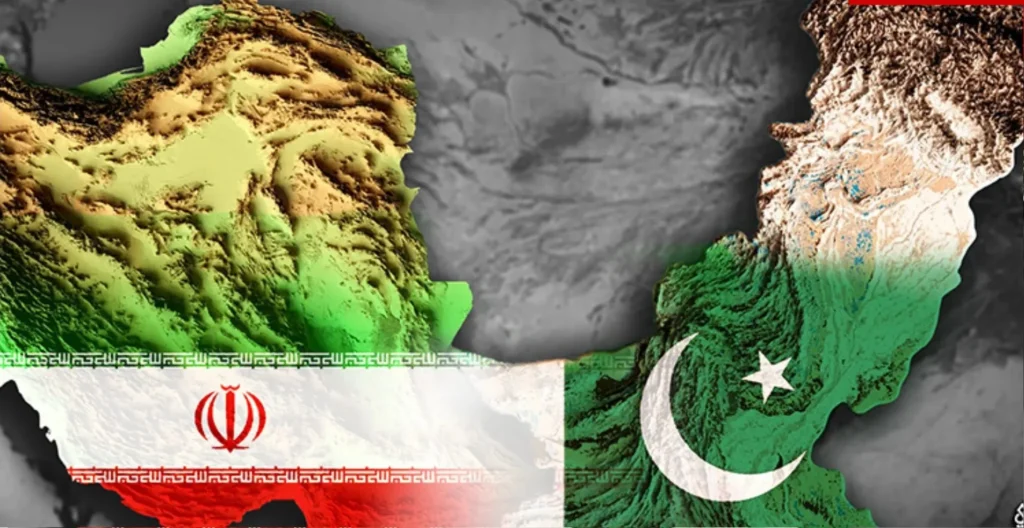The geopolitical landscape of the Pakistan-Iran frontier is witnessing a significant shift with the confirmed operational resumption of the Sorap-Mand crossing. Scheduled for the first week of December 2025, the Sorap-Mand Border Reopening marks the end of a decade-long stagnation that began with the crossing’s closure in 2015. This development is not merely an administrative adjustment; it represents a critical pivot in Islamabad’s strategy to stabilize the volatile Balochistan borderlands through economic integration rather than solely relying on security-centric measures.
The decision to finalize the Sorap-Mand Border Reopening was cemented following high-level negotiations led by the Deputy Commissioner of Kech, Major (Retd) Bashir Ahmed Barech. In a decisive meeting with Iranian border authorities at the “250” border pillar, both delegations agreed on the technical modalities required to resume traffic. This breakthrough comes at a time when the local economy of the Makran division has been severely stifled by sanctions and the securitization of the border fence. For the residents of Kech and Panjgur, who have historically relied on cross-border kinship and commerce, this initiative promises a restoration of livelihoods that were disrupted for ten years.
The Strategic Importance of the Sorap-Mand Border Reopening
The economic logic driving the Sorap-Mand Border Reopening is rooted in the necessity of the barter trade mechanism. With formal banking channels between Pakistan and Iran restricted by international sanctions, the two nations have turned to localized “clearing” systems. Under the new agreement, Pakistan will export agricultural staples such as high-quality rice, tobacco, and seasonal crops directly to the Sistan-Baluchestan province of Iran. In return, the Pakistani market, specifically the energy-starved districts of Balochistan will receive essential imports of Iranian oil, diesel, flour, and construction materials.
The Sorap-Mand Border Reopening serves as a vital pressure valve for the $10 billion bilateral trade target set by both nations. By formalizing the “grey zone” trade that previously traversed dangerous smuggling routes, the state aims to bring the “Zamyad” drivers, the backbone of the local logistics network, into a regulated fold. This transition is critical, as the Sorap area has previously been a flashpoint for violence. The region has seen tragic incidents, including the discovery of bodies of cross-border drivers in the Sorap Dam area, highlighting the lethal risks associated with the informal trade economy.
Furthermore, the Sorap-Mand Border Reopening is expected to alleviate the logistical bottlenecks currently plaguing other crossings like Taftan and Gabd-Reemdan. By diverting lighter cargo and perishable agricultural goods through Sorap, traders can reduce transit times and spoilage, making Pakistani produce more competitive in Iranian markets. The inclusion of construction materials in the import list is particularly strategic, as it supports the ongoing infrastructure rehabilitation in Kech district, which has suffered from past natural disasters such as the Sorap dam breach.
Security remains the most formidable challenge to the success of the Sorap-Mand Border Reopening. The negotiations led by DC Barech included strict protocols for the joint inspection of border pillar 214 and the deployment of Frontier Corps and Iranian Border Guards to secure the trade corridor. The administration is keenly aware that for the Sorap-Mand Border Reopening to be sustainable, it must be accompanied by a reduction in the kinetic operations that have alienated the border population. The move is seen as a confidence-building measure, signaling that the state is willing to prioritize the economic welfare of the Baloch people over a purely security-driven containment strategy.
As the first week of December 2025 approaches, anticipation is high. Local business chambers in Turbat and Mand have welcomed the Sorap-Mand Border Reopening as a lifeline for the region’s youth, offering a legal alternative to the perilous path of insurgency or smuggling. If successfully implemented, this initiative could serve as a blueprint for converting Pakistan’s western borders from lines of conflict into corridors of commerce. Ultimately, the Sorap-Mand Border Reopening is a test of resilience, testing whether economic diplomacy can succeed in one of the most complex geopolitical terrains in South Asia.
Also Read: Iran suspended visa-free entry for Indians: Analyzing the Security Nexus and Cross-Border Terrorism



